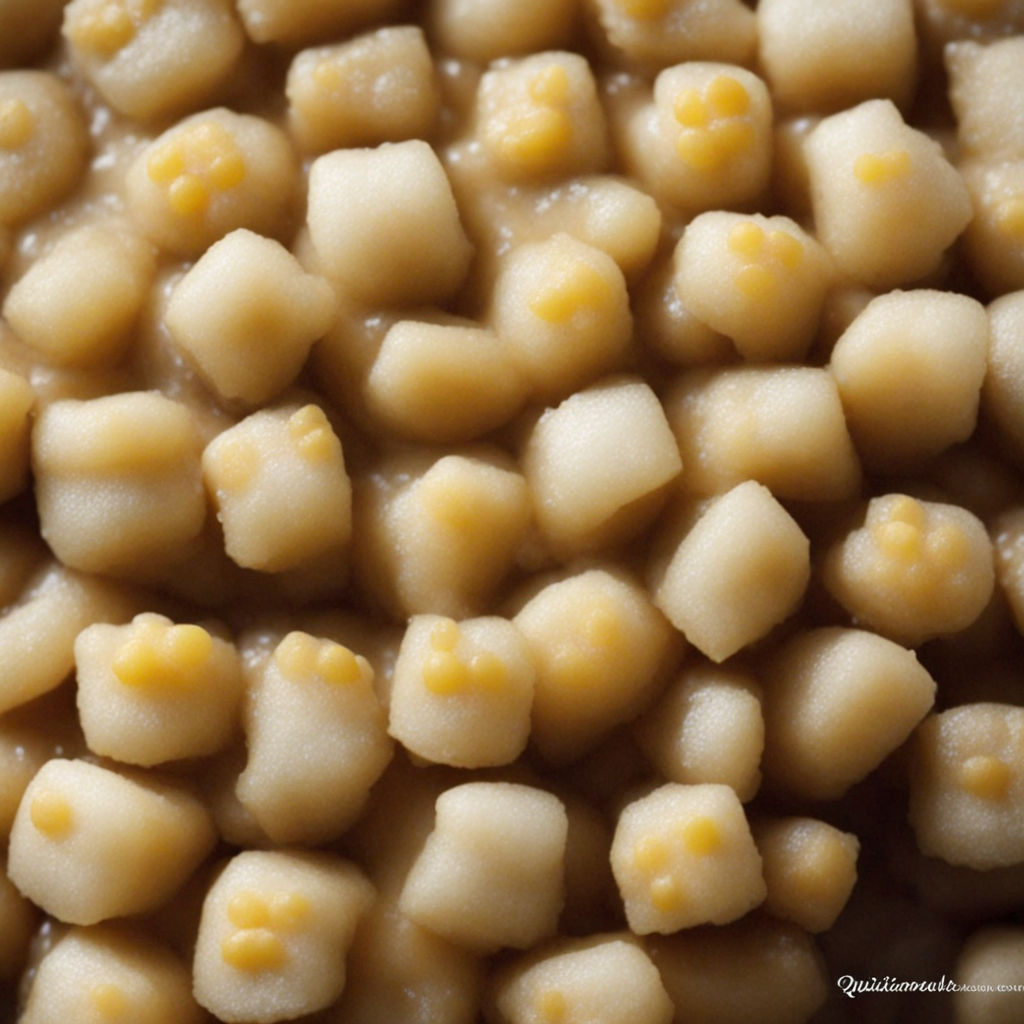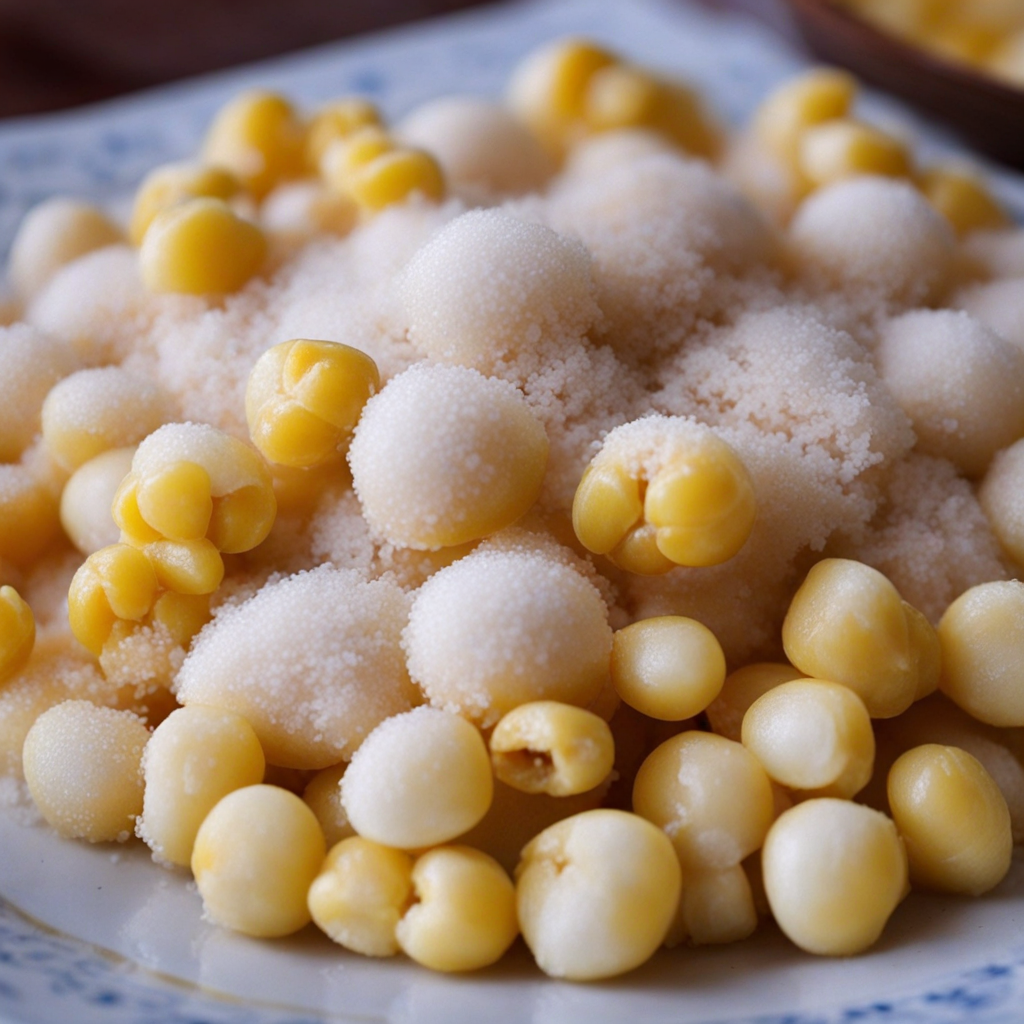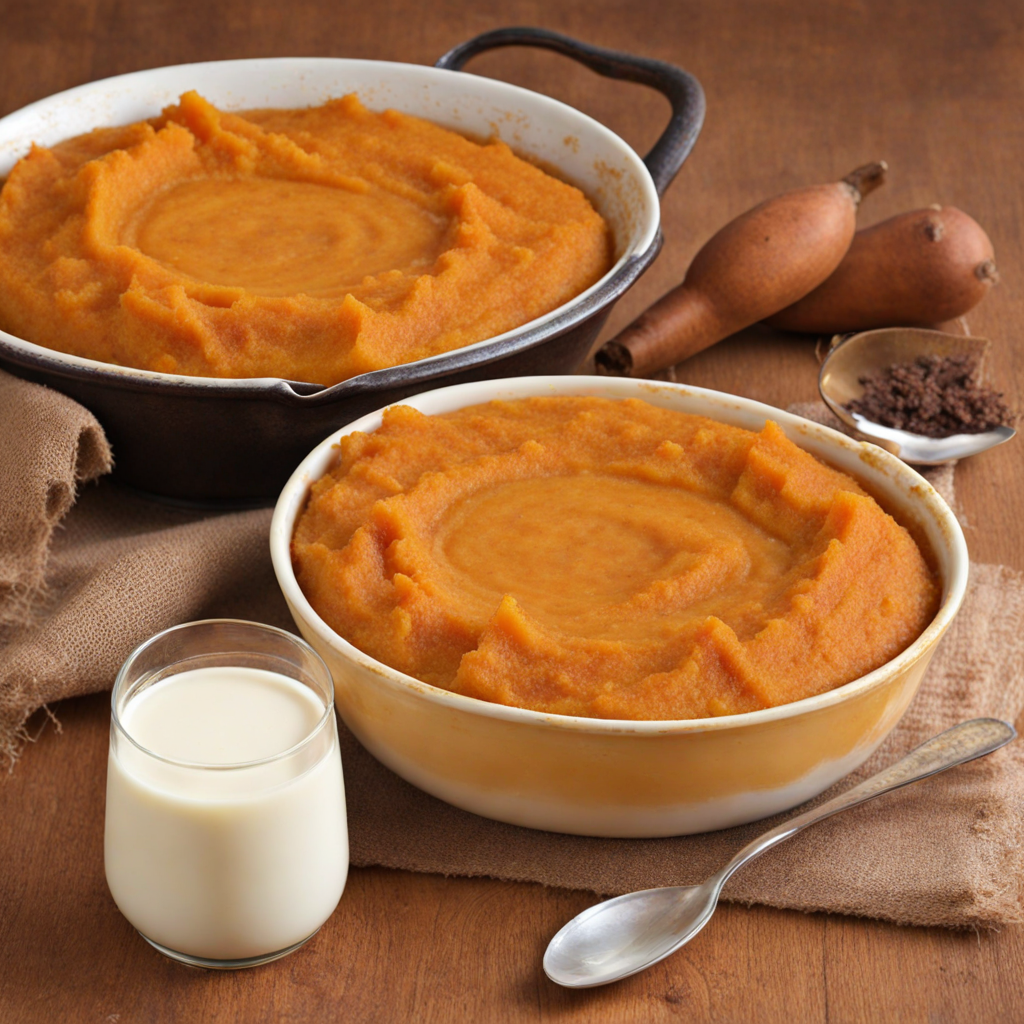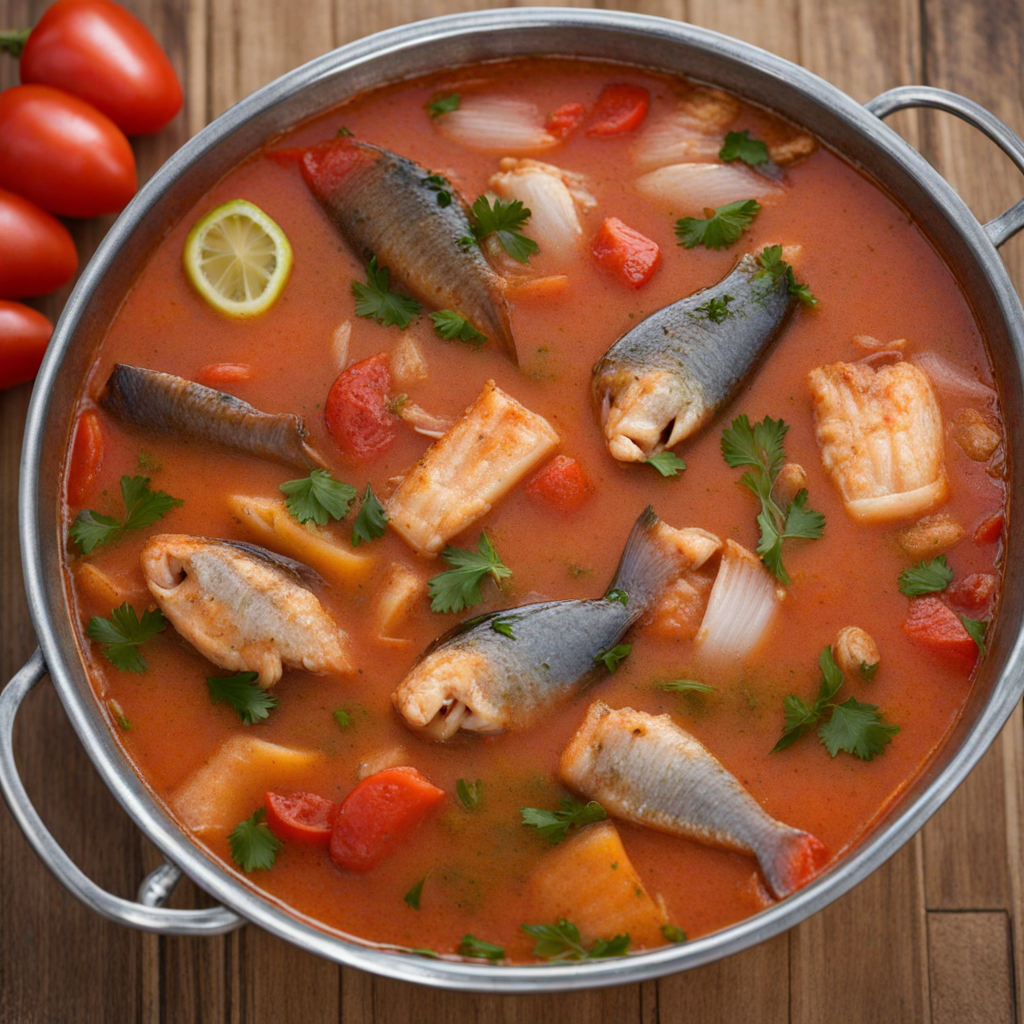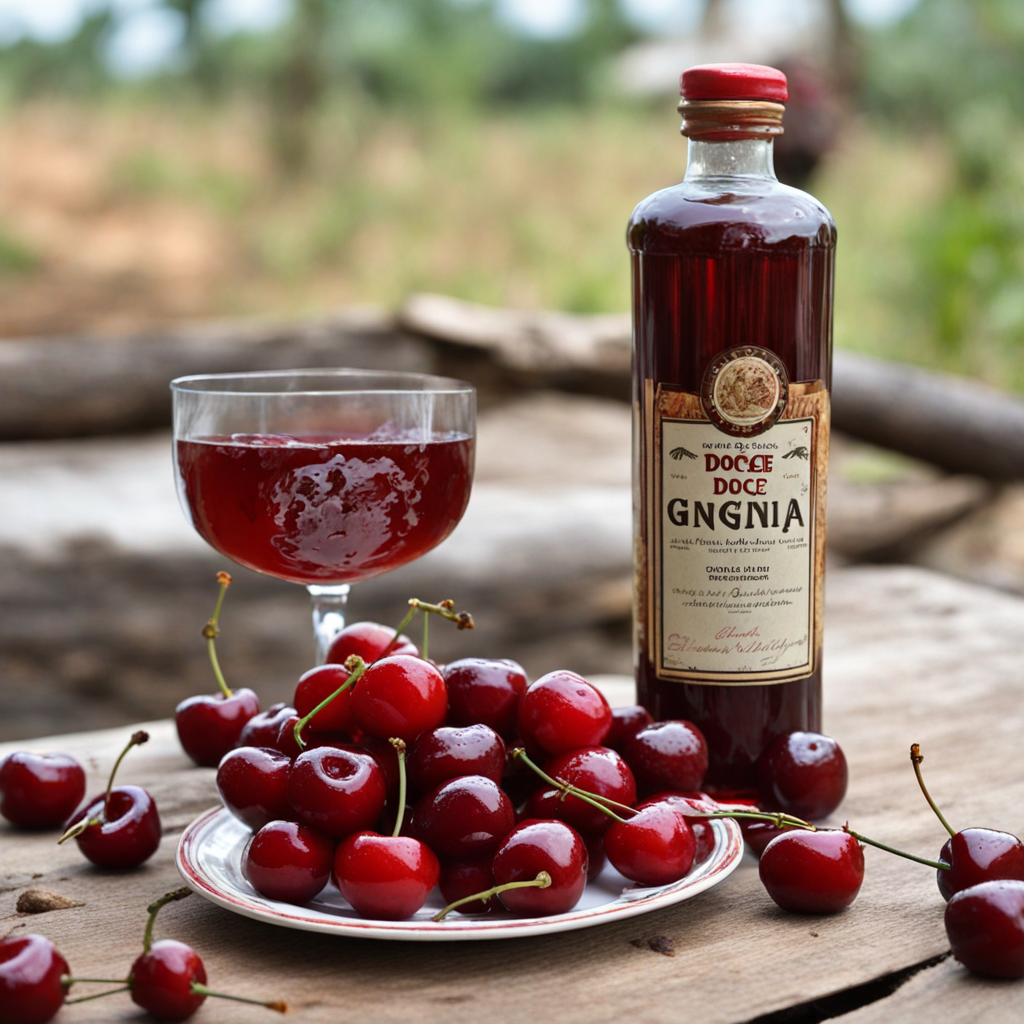Canjica
Canjica is a delightful dish from Guinea-Bissau that showcases the rich culinary heritage of West Africa. Made primarily from corn, this dish features the kernels that are typically boiled until tender, resulting in a comforting and slightly chewy texture. The corn is often mixed with coconut milk, which imparts a sweet and creamy richness, elevating the overall flavor profile. The addition of sugar or honey enhances the sweetness, making Canjica a beloved treat, especially in festive occasions and gatherings. The preparation of Canjica can vary from region to region, with some variations including spices such as cinnamon or nutmeg, which add warmth and depth to the dish. In certain recipes, peanuts or cashew nuts are incorporated, offering a delightful crunch that contrasts beautifully with the softness of the corn. This combination of textures and flavors makes Canjica a unique experience for the palate, inviting those who try it to indulge in its comforting embrace. Served warm, Canjica can be enjoyed as a dessert, a snack, or even as a breakfast option, showcasing its versatility. The dish not only satisfies sweet cravings but also provides a sense of nostalgia and community, as it is often shared among family and friends. As you discover this traditional West African delight, you will find that Canjica is not just food; it's a celebration of culture, history, and the joys of togetherness.
How It Became This Dish
The History of Canjica in Guinea-Bissau Canjica is a beloved dish in Guinea-Bissau, embodying the rich culinary traditions and cultural heritage of the West African nation. Made primarily from corn, Canjica is a versatile and comforting dish that has evolved over the years, reflecting the historical contexts and social dynamics of the region. #### Origins of Canjica The origins of Canjica can be traced back to the indigenous populations of West Africa, who have cultivated maize (corn) for thousands of years. Maize is a staple crop in many African countries, and its introduction to the continent is believed to have occurred around 3000 BC, although the exact timeline is still debated among historians. The crop became integral to various culinary practices, and different cultures developed unique ways to prepare it. In Guinea-Bissau, Canjica is made from hominy, which is corn that has been treated with an alkali in a process known as nixtamalization. This method not only enhances the nutritional value of the corn but also improves its flavor and texture. The practice of nixtamalization is thought to have been introduced to Africa through transatlantic exchanges and has roots in Mesoamerican cultures, where it was used for centuries. The adaptation of this technique in Guinea-Bissau exemplifies how culinary practices evolve through cross-cultural interactions. #### Cultural Significance Canjica is more than just a food item; it is a symbol of community and togetherness in Guinea-Bissau. Traditionally, it is prepared for gatherings, celebrations, and religious ceremonies, serving as a focal point for social interactions. The communal preparation of Canjica fosters a sense of unity and sharing among families and friends, emphasizing the importance of togetherness in Bissau-Guinean culture. In addition to its social significance, Canjica also holds cultural importance as a representation of agricultural practices and the connection between the land and its people. The preparation of Canjica is often associated with the harvest season, as families come together to process the maize and create the dish. This connection to the agricultural cycle reinforces the value of sustainability and respect for nature that is deeply ingrained in the Bissau-Guinean ethos. Canjica is often served with various accompaniments, such as sugar, coconut milk, or peanuts, which add depth to its flavor profile. These ingredients reflect the diversity of the region's agricultural products and the influence of various ethnic groups within Guinea-Bissau. The dish is enjoyed by people of all ages and backgrounds, making it a true representation of the country's cultural tapestry. #### Evolution Over Time As with many traditional foods, the preparation and consumption of Canjica have evolved over time, influenced by historical events, such as colonization, globalization, and migration. The Portuguese colonization of Guinea-Bissau in the 15th century introduced new ingredients and cooking techniques, which gradually integrated into local culinary practices. For instance, the introduction of sugar and spices created new possibilities for flavoring Canjica, allowing it to adapt to changing tastes and preferences. In the latter half of the 20th century, Guinea-Bissau experienced significant social and political upheaval, culminating in its struggle for independence from Portuguese rule in 1973. The fight for independence not only shaped the national identity but also influenced culinary practices. During and after the war, food became a means of resistance and cultural preservation. Traditional dishes like Canjica played a vital role in maintaining a sense of belonging and continuity amidst the chaos of conflict. In contemporary Guinea-Bissau, Canjica continues to be a cherished dish, yet it has also adapted to modern influences. Urbanization and globalization have led to changes in dietary habits, with younger generations exploring new cuisines and culinary practices. However, Canjica remains a staple, often served in homes, at communal feasts, and during public celebrations, such as national holidays and cultural festivals. The dish has also gained recognition beyond Guinea-Bissau's borders, as the diaspora community shares its culinary heritage with the world. Social media and food blogs have played a significant role in promoting traditional dishes like Canjica, allowing people from different backgrounds to appreciate and attempt to recreate this unique culinary experience. #### Contemporary Significance Today, Canjica represents a bridge between the past and the present. It is a testament to the resilience of Bissau-Guinean culture and its ability to adapt and thrive. The dish not only nourishes the body but also nourishes the spirit, reminding people of their roots and the importance of community. The ongoing evolution of Canjica reflects the dynamic nature of food and culture, where tradition and innovation coexist. Culinary festivals and events celebrate Canjica and other traditional dishes, fostering pride in the local cuisine and encouraging intergenerational dialogue about food practices. These gatherings serve as an opportunity for older generations to pass down knowledge and skills, ensuring that the preparation of Canjica remains an integral part of Bissau-Guinean identity. In recent years, there has been a growing interest in sustainable food practices, and Canjica aligns well with this movement. The use of locally sourced ingredients and traditional methods of preparation not only supports local agriculture but also promotes environmental consciousness. As awareness of food systems and their impact on the environment increases, Canjica stands as a shining example of a dish that embodies sustainability and cultural heritage. #### Conclusion Canjica is more than just a delicious dish; it is a rich tapestry of history, culture, and community. From its ancient origins rooted in agricultural practices to its contemporary significance as a symbol of resilience and unity, Canjica encapsulates the spirit of Guinea-Bissau. As it continues to evolve, this traditional dish serves as a reminder of the importance of heritage, the power of food to bring people together, and the enduring connection between culture and cuisine. Whether enjoyed in a bustling urban center or a quiet village, Canjica remains a beloved staple that nourishes both body and soul.
You may like
Discover local flavors from Guinea-bissau


